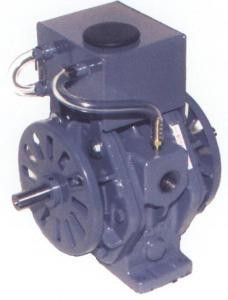

Additionally, they can’t seek shelter if the weather turns nasty. Tethering a goat is like offering a meal to a hungry coyote, feral dog, bear, or other wild predators because the goat cannot run away. In some situations and climates, a three-sided shelter with a roof might be all that is required while in others, a well-designed barn is a much better option.įencing – Goats should never be tethered because they cannot protect themselves from predators or the weather and they may injure themselves. Shelter – Nigerian Dwarf goats (or dairy goats in general) cannot withstand wind, don’t like to get wet, and must be protected from predators, so some type of shelter to protect them from these things is necessary. Since it will probably be necessary to visit that veterinarian at some point, try to find one that is close to you. Veterinarian’s Contact Information – The first thing that I suggest prospective owners have firmly in place, is the phone number of a veterinarian, especially one that makes farm visits (even in the middle of the night) and that is familiar with goats (preferably the breed of goat that you have). Note, these are just the basics to consider having for care and maintenance of young does or wethers, there are additional supplies to get for bucks, pregnant (see Goat Kidding Supplies) or lactating does, and kids. This was the list I used to prepare for Tinkerbell and Honey (some of these things are obvious I know), updated after quite a few years of experience. So, I highly recommend supplying yourselves before getting goats, and as we were preparing for them, one of my biggest questions was what I should have on hand. A few times it’s been necessary to get a Vet, but at least we’ve had the supplies available to keep things from becoming a disaster until we could get to the Vet (or the Vet get to us).

We’ve been very fortunate and had few instances of serious problems with the goats, and the few times we’ve had issues, we’ve had the supplies to get through. However, I still remember when they first came home, when I worried and wondered if we’d prepared and had the basics needed for them. We started with two, and are trying to keep the herd down to less than fifteen today (yes, that number keeps increasing). It’s hard to believe, but we’ve had Nigerian Dwarf goats for nearly ten years. Note: This post identifying a “goat starter list” is one that readers frequently request updates on – so this post has already appeared here but has been updated to more thoroughly identify what each item on the list is for.


 0 kommentar(er)
0 kommentar(er)
